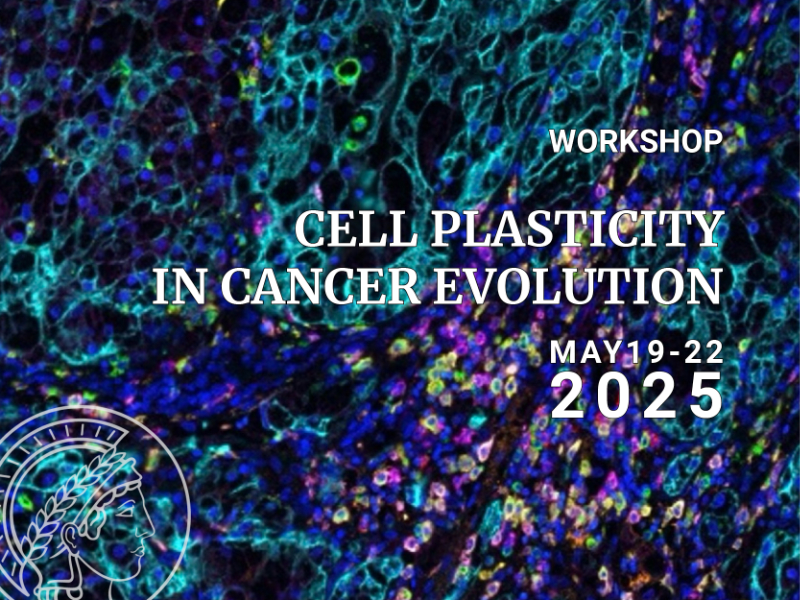Speaker
Description
Authors: Edwin Weinholtz, Simon Syga, Andreas Deutsch
Invasion into surrounding tissues and metastasis are hallmarks of cancer (Hanahan and Weinberg, 2011). Cancer cells exhibit invasion both as isolated entities and as coordinated groups, posing significant challenges to effective therapeutic interventions. Notably, collective clusters of cancer cells have been shown to exhibit increased resistance to radiotherapy and DNA damage, contributing to therapy resistance (Haeger et al., 2017). Here, we introduce a novel framework to quantify the phenotypes of cancer cells with an emphasis on their cell-cell interactions and assess how different conditions influence these phenotypes using image data of nuclei and actin filaments at fixed time points. Expanding on the concept of cell graphs in histopathological research, we construct a mathematical graph based on nuclei and actin filament data, extracted from 2D images. In this graph, two nuclei are considered connected if they are directly linked by actin filaments and their corresponding Voronoi cells are adjacent. Additionally, we introduce connection strengths on the graph’s edges, depending on the distance of the nuclei and diameter of the actin signal between the cells, enabling our method to capture subtle differences in cellular interactions under different experimental conditions. In the future we plan to apply our methodology on such nuclei-actin data after applying different interventions such as chemotherapeutic drugs to identify varying phenotypic patterns by tracking changes in cell connectivity and organization. We argue that our framework provides a powerful tool for studying phenotypic plasticity in cancer cell populations. The overarching aim of our research is to tackle therapy resistence by targeting shared pathways of resistance and collective migration.

